Sabyasachi is India’s most exalted fashion designer, and he knows that. But he’s not lost to his own nous in vanilla vanities and egotism, with the veneration around his fashion métier. Sabyasachi the person, remains grounded, but Sabyasachi the brand, has taken flight, kissing open skies, with the launch of Sabyasachi Jewellery on October 22, 2019 in Mumbai. Sabyasachi Jewelry is his first standalone jewellery store in the country, located three flights up from the Sabyasachi Calcutta clothing store in Kala Ghoda. His bridal collections have played the role of a bride’s confidant for two odd decades, but his jewelry, in his own words, has turned Sabyasachi into a girl’s best friend today. His business smarts have expanded the realms of his brand rather successfully as his couture loyalists can’t quite get enough of the bejeweled lust box he’s opened up. They’re now seeking appointments for couture and carats, both.
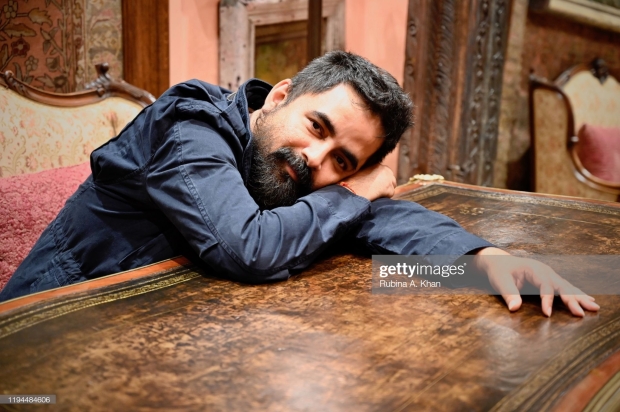 Life-sized giraffes, fresh red roses, vintage artefacts, armoires and furniture in brass and solid wood, glimmering chandeliers, floral carpets, velvet drapes, tchotchke, conversational wall art in Hindi and Arabic make up the grandiloquent design speak of the store, alongside his framed jewelry sketches, Chinese, African and Indian art and design collectibles. In the artistic polarity of it all, the pièce de résistance are the gleaming emeralds, sapphires and rubies that seem to be telling stories of empresses and emperors of sovereign worlds gone by. Lilting American soul plays in the background at Sabyasachi Jewellery, which is in sharp contrast to the melancholic strains of Indian music that waft through his Sabyasachi Calcutta clothing stores across India. Invoking nostalgia is the couturier’s masterstroke, and it works.
Life-sized giraffes, fresh red roses, vintage artefacts, armoires and furniture in brass and solid wood, glimmering chandeliers, floral carpets, velvet drapes, tchotchke, conversational wall art in Hindi and Arabic make up the grandiloquent design speak of the store, alongside his framed jewelry sketches, Chinese, African and Indian art and design collectibles. In the artistic polarity of it all, the pièce de résistance are the gleaming emeralds, sapphires and rubies that seem to be telling stories of empresses and emperors of sovereign worlds gone by. Lilting American soul plays in the background at Sabyasachi Jewellery, which is in sharp contrast to the melancholic strains of Indian music that waft through his Sabyasachi Calcutta clothing stores across India. Invoking nostalgia is the couturier’s masterstroke, and it works.
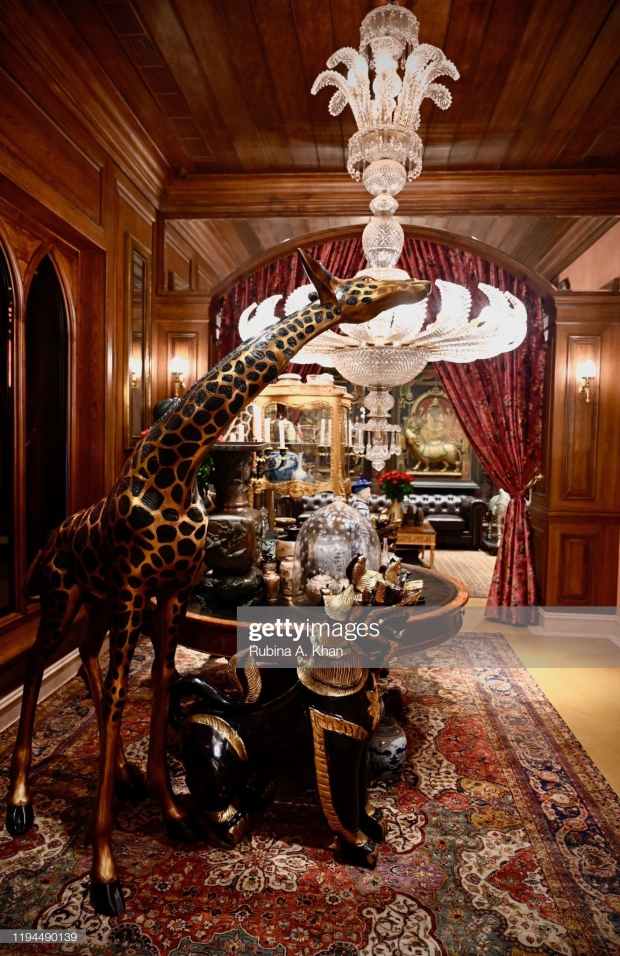
Edging steadily onto the global playing field with heterogeneous collaborations with Christian Louboutin (Paris) in 2015, Pottery Barn (USA) in 2016, L’Oreal Paris (France) in 2018 and Thomas Goode (UK) in 2019, Sabyasachi is an insatiable man, seeking immortality through his work. In a world where commitment is precious luxury, he’s the only Indian designer to have committed fans – a hallowed dominion so far reserved for Bollywood and cricket personalities in India. Sabyasachi can neither play cricket nor act, though at best, he thinks he’s a good mimic. And he is indeed.
Rubina A Khan converses with Bengal’s very own tiger, Sabyasachi Mukherjee, at Sabyasachi Jewellery in Mumbai:
The opening of Sabyasachi Jewellery is a portentous moment in Indian jewelry history. How are you feeling?
I feel relieved as the store is finally done – it took us about eight months to, actually not to do the store, but to collect everything, all the collectibles because I wanted Sabyasachi Jewellery to look like a modern museum…a bit of Indian art and craft, a bit of global craft, furniture from all over the world. We had a 16-foot Ming vase that had to hoisted up into the store through a crane as it couldn’t come through the elevator or the staircase. And I was very worried that it would break. It’s a very fragile, temperamental store. And I’m glad that the grand end worked out.
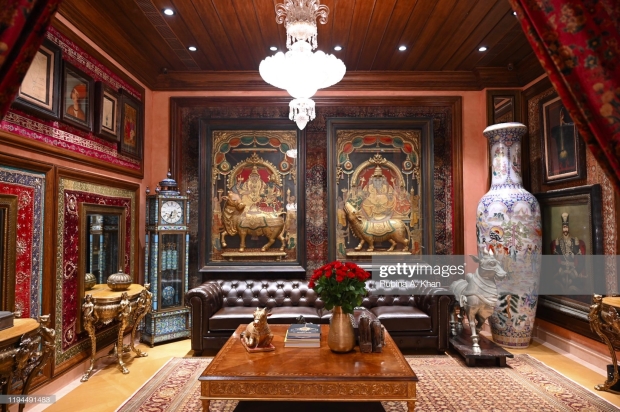
What attracted you towards the business of making jewellery in an economy where clothing giants are shutting shop globally due to slack sales?
I have a theory that when the economy is down, people do what is called smart shopping – they don’t shop in depth; they shop in width, which means they buy new things. But they shop in exceptional width, which means they will buy something that is really important and something that is spectacular and I think my jewelry brand, Sabyasachi Jewellery has all of that to offer people.
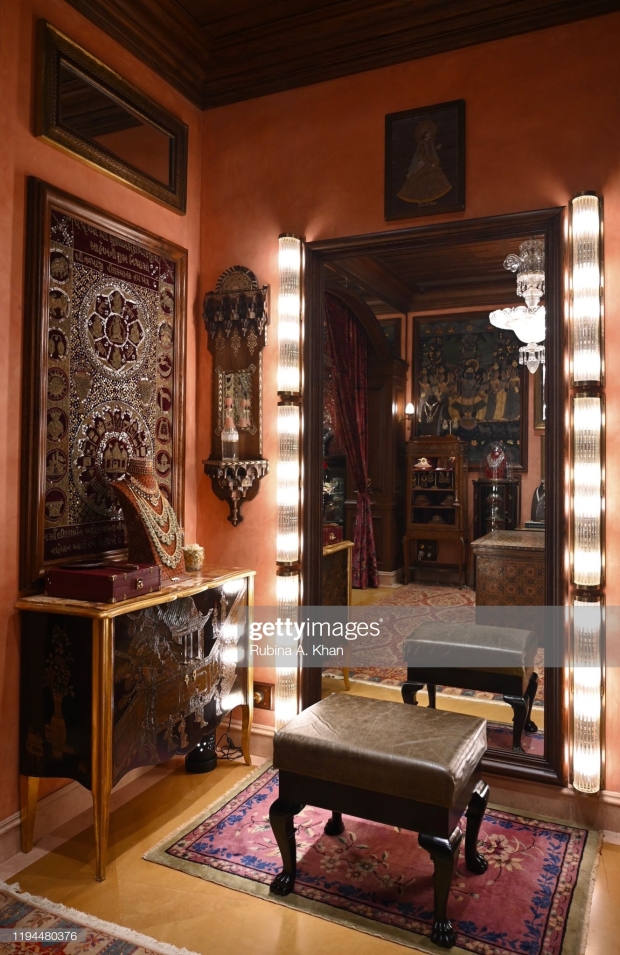
Are successful luxury brands like Sabyasachi Calcutta immune to the economic slowdown? Or do you think inherent brain genius and strategic marketing can override anything?
You know when there is a slowdown, like I said, people don’t stop spending money, they’re just careful about how they spend it. And if you give exceptional value to them, no amount of marketing bullshit is going to help you override a failing economy. But if you give your customer great value and a unique, bespoke product, you will be able to convince them to spend their money.
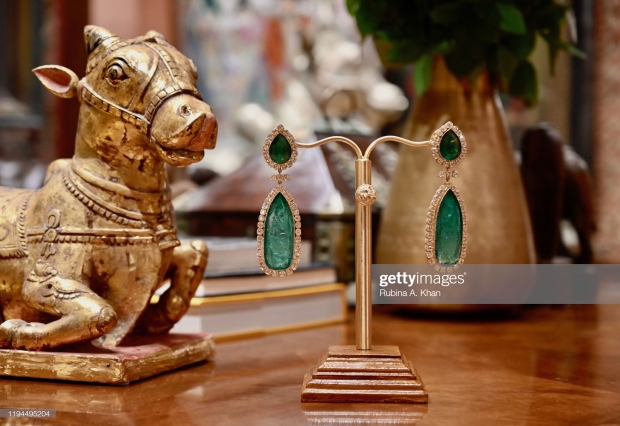
What made you invest your mind, and your own money into this opulent jewellery store?
When you sell important things, you have to give your customers respect. I think today, shopping for something that will stay with you probably for the rest of your life, because jewellery is not really perishable, the experience needs to also leave an indelible impression in your mind. It needs to create a beautiful experience, full of wonderment, that you’ll never forget. When you’re shopping for weddings or special occasions, where you shop and how you shop is as important as what you shop.
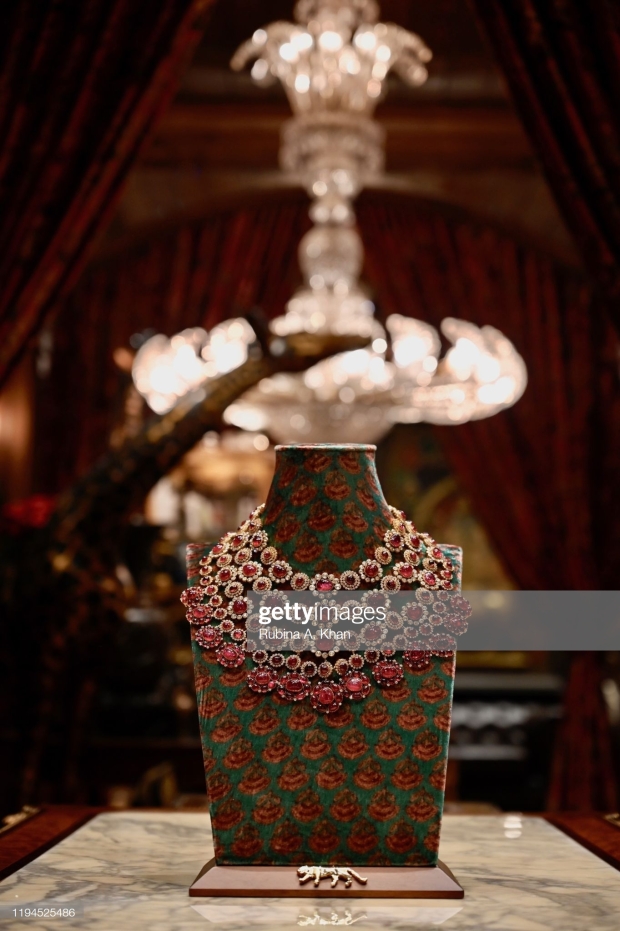 Do you have a favourite stone yet for your jewellery?
Do you have a favourite stone yet for your jewellery?
I love sapphires, yellow sapphires because old Indian jadau jewellery used to made with pukhraj, even white sapphires for that matter. I love rose cut diamonds – I love mutual cuts (old mine cuts) they are not brilliant cuts, so they have a little bit of softness and warmth in them – rounded and beautiful and soft. I don’t like jewellery with too much bling and shine as it takes the personality out of the jewellery. As us Indians have brown skin, I hate diamonds set in white gold because I think Indian people need warmth because it makes your face glow. When you wear diamonds set in white gold it makes your face ashen, but when you wear diamonds, actually mutual diamonds, which are slightly more softer, set in yellow gold, not rose gold… it just gives you that old world, rounded beauty. I think the problem with jewellery and stones in India is that people just want to blindly ape a tradition that has been created by the West and they don’t really buy what looks good on them. So if you ask me, I prefer stones with warmth that’s why I like sapphires. I don’t like the rubies that you find in the market right now, because once you start liking Burmese rubies, not even pigeon blood, the pomegranate color with a slight brown tinge in it, it’s like having good wine. It’s a one-way education and once you get exposed to good things in life, there’s no turning back.
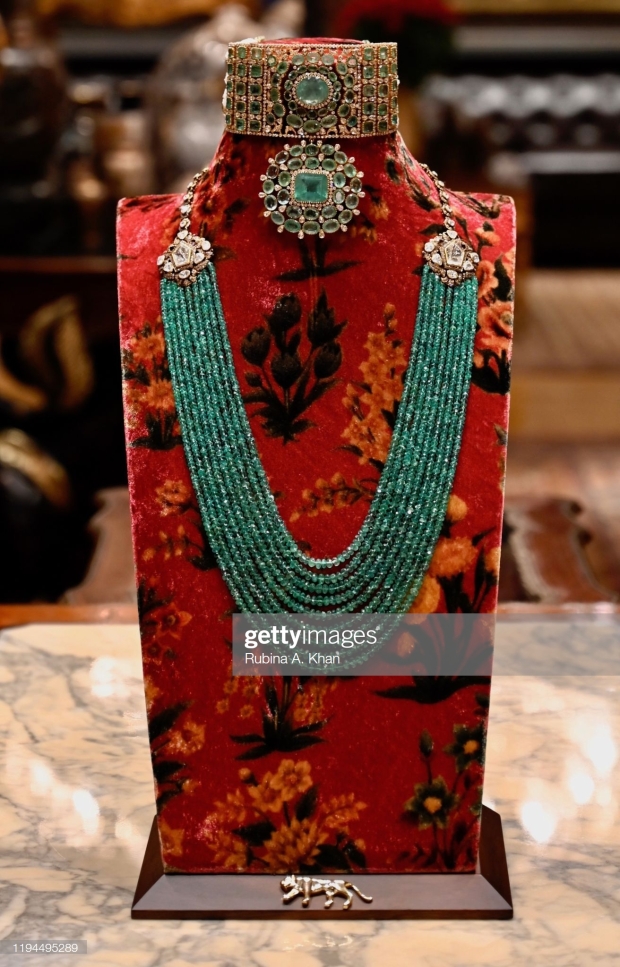 Do you sketch your pieces like your clothes?
Do you sketch your pieces like your clothes?
Absolutely. You can’t make mistakes with jewellery, but what I also do is that I keep my sketches in my jewellery very organic. A lot of jewellery is completely dependent on produce. When I make jewellery, I don’t assemble the piece till the last moment because there’s always a little tweaking, which I call the ‘Sabyasachi tweaking’ that I like to do. I’d love to combine emeralds which are expensive with aquamarines and turquoise, same color family, but with a huge difference in prices, or I’d like to put rock crystals and diamonds, which is a little unheard of, with white sapphires, all together because beautiful jewellery is also about audacity and courage. Otherwise you’re just one of the pack and that doesn’t interest me.

MUMBAI, INDIA – DECEMBER 17: Jewelry sketches by Indian couturier and jewelry designer, Sabyasachi, framed on the walls as conversational art at Sabyasachi Jewelry, his first flagship jewelry store in the country on December 17, 2019 in Mumbai, India. (Photo by Rubina A. Khan/Getty Images)
What is the most desirable piece of jewellery in the store? And what does this desirable piece of art sell at?
Desirable always doesn’t have to be very expensive. I am not a jewellery person – but it’s something that I would wear – it’s an old pendant, an old mutual cut diamond pendant with a single line of basra pearls and it’s not very expensive – it’s about INR 9.5 lakh, but it’s just so delicious and evolved. It’s like a character that comes without a pedigree, but someone that you’d love to marry and take back home because it’s just so special.
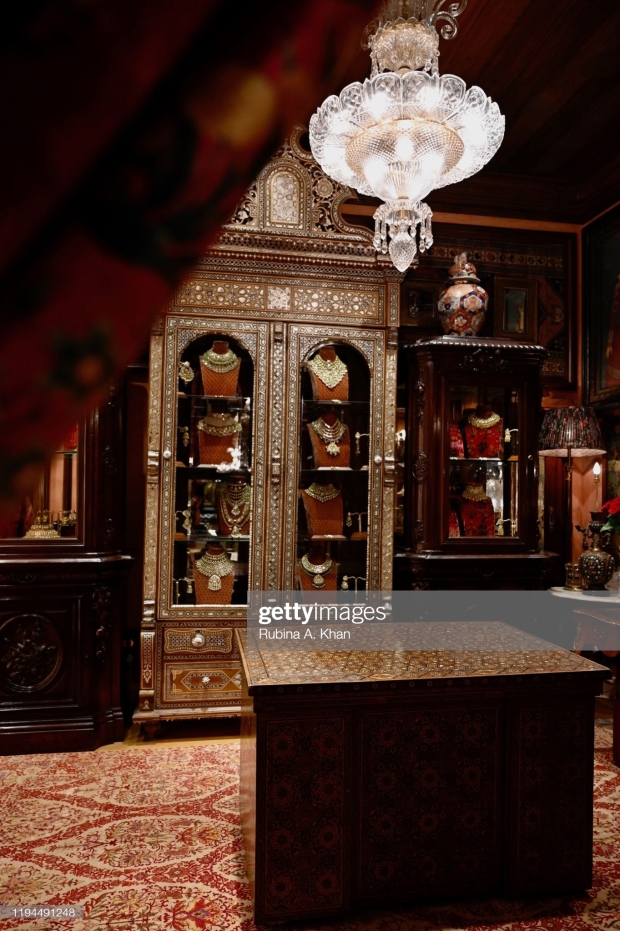 Are diamonds still a girl’s best friend?
Are diamonds still a girl’s best friend?
Rubina, ask the ladies. Many of them tell me Sabya is a girl’s best friend.
How does it feel to be the biggest Indian designer brand, and perhaps the only one to succeed on the global playing field?
I don’t know if I am the most influential or the most popular, but I just know that I am onto something big in my life and I will work very hard till that dream comes true.
What would be the reason for you to seek outside investment in your company?
Strategy. I would never pick up investment for money because I think the business generates enough cash-flow for us to be able to fund ourselves for the next 20 years and grow. But, I am not going to be there forever, so I want to consolidate this business in such a way that it lives far beyond my lifetime. Nandana Sen had given me an issue of Vogue for my birthday, a 1920 issue I think… 150 odd pages and the only name I recognised in it was Tiffany and I realised that in 100 years, so many brands have come and gone, and I don’t want that to happen to my brand. I love the way Chanel has been built beyond Coco Chanel’s lifetime and I think that I’ll find my own Karl Lagerfeld along the way who’s going to take the business from me, to future generations.
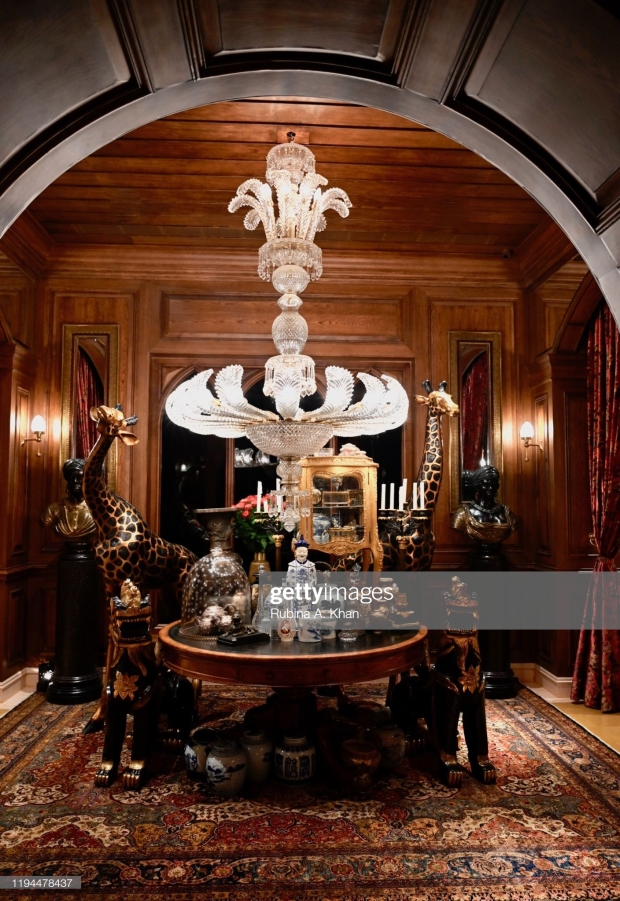 You’ve reached a stage where your creativity is not dependent or driven by money anymore. So what makes you chase the next new collaboration or expand your revenues streams with your creative energies?
You’ve reached a stage where your creativity is not dependent or driven by money anymore. So what makes you chase the next new collaboration or expand your revenues streams with your creative energies?
I want to grow the business in such a way that it can help consolidate craft and create a lot of employment, and also probably help communities and enable us make the world a better place to live in. The beautiful thing about being in design is the fact that you create tremendous positive inspiration for people; you create hope. Beautiful design makes people happy and there’s a big debate about whether so much is necessary or not, but I think as long as you can create a brand that inspires people to become better versions of themselves, you should keep growing and that’s how I want to grow Sabyasachi Calcutta.
You’re the dream couture designer, definitely in India. Having seen so many blushing brides and grooms, do you know what the color of love is? Or what it even feels like?
Well, they say that the color of love is Sabaysachi red but I am just being arrogant! But I’ll you, I am personally touched by love every day of my life because I am a very positive person. Love does not have to come from one person. It can come from everything that you touch and everything you do and everything that I imbibe around me. I am a very loved person is all I’ll say.
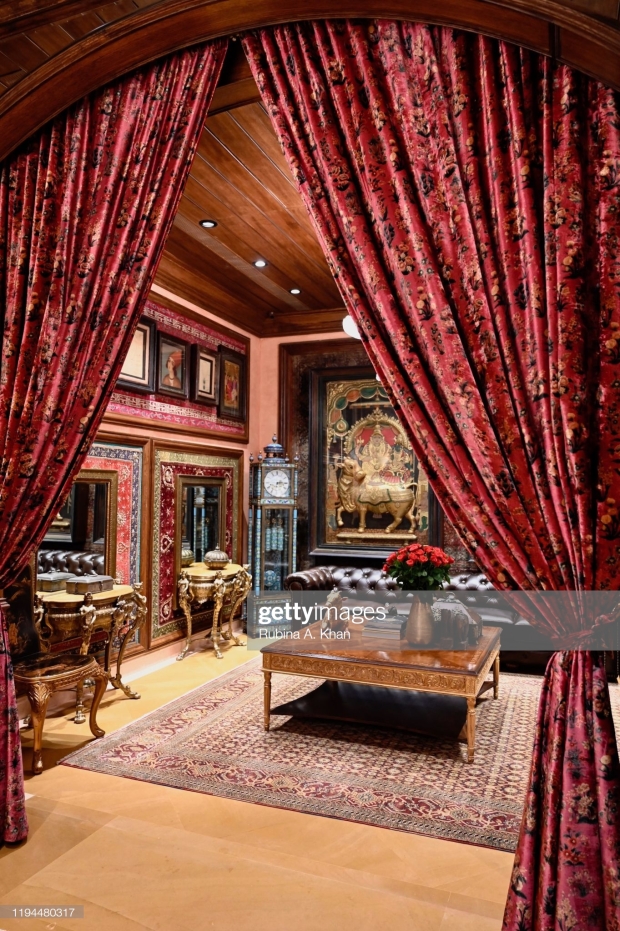 Would you describe yourself as a ruthless businessman who loves the arts but is uninhibited and unabashed about stating and claiming his creative price?
Would you describe yourself as a ruthless businessman who loves the arts but is uninhibited and unabashed about stating and claiming his creative price?
I don’t know if I would call myself ruthless, but I would probably call myself exacting. And when you call yourself exacting, a lot of people label you ruthless. I wouldn’t have it any other way actually, because for me, if I have to do something I have to do it well or I wouldn’t do it at all. There’s no price to my creativity – I would do something for you if I was inspired enough to do it. Money is inconsequential for me, but of course, the money that we charge, if it helps us create something that can build a larger community or create bigger businesses that employ more and more people, it’s very exciting. For a lot of people who think that because I make such lavish clothing and jewels, truth be told, I wear a lot of simple clothes. Money is just a number for me and it feels great to make money, because in many ways it is a marker of success. But I don’t do things for money. I do things for growth – tangible and intangible. And intangible growth is far more important to me.
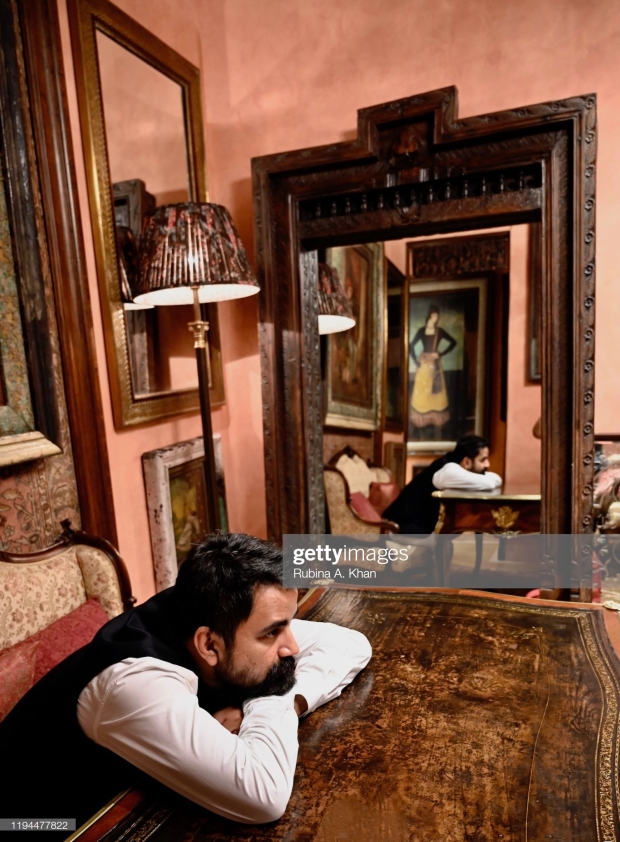 Given your heart and soul are not for sale by what you just said, what would you sell your brain for?
Given your heart and soul are not for sale by what you just said, what would you sell your brain for?
I’d sell my brain for a minority stake at Apple or a majority stake at Amazon!
Disclaimer: Any part of the content on the rubinaakhan.com website cannot be reproduced without prior permission and crediting the website and the author.
©Rubina A Khan 2019
 The Mahalaxmi race track’s elite equestrian play has witnessed regal heads of state like Queen Elizabeth II of England attending its racing calendar in 1961, as also the Shah of Iran and the King of Saudi Arabia. The Mahalaxmi racecourse is of the essence in the architectural narrative of Mumbai, and the equestrian legacy of India. Founded in 1800 by Sir Charles Forbes, G. Hall, A. Campbell and P. Haddow as the Bombay Turf Club in the Byculla Club Grounds, it went on to being renamed the Western India Turf Club in 1864. But it was only when philanthropist and industrialist Sir Cusrow Nowrosjee Wadia donated 225 acres of land to the Western India Turf Club in 1878 and advanced an interest-free loan to the club to build the racecourse and grandstands, that it was built under the direction of Major J E Hughes, and horse racing shifted to its current and permanent home in Mahalaxmi in 1883. HRH King George V, the then Emperor of India, allowed the club to add the prefix ‘Royal’ to its name in 1935.
The Mahalaxmi race track’s elite equestrian play has witnessed regal heads of state like Queen Elizabeth II of England attending its racing calendar in 1961, as also the Shah of Iran and the King of Saudi Arabia. The Mahalaxmi racecourse is of the essence in the architectural narrative of Mumbai, and the equestrian legacy of India. Founded in 1800 by Sir Charles Forbes, G. Hall, A. Campbell and P. Haddow as the Bombay Turf Club in the Byculla Club Grounds, it went on to being renamed the Western India Turf Club in 1864. But it was only when philanthropist and industrialist Sir Cusrow Nowrosjee Wadia donated 225 acres of land to the Western India Turf Club in 1878 and advanced an interest-free loan to the club to build the racecourse and grandstands, that it was built under the direction of Major J E Hughes, and horse racing shifted to its current and permanent home in Mahalaxmi in 1883. HRH King George V, the then Emperor of India, allowed the club to add the prefix ‘Royal’ to its name in 1935.

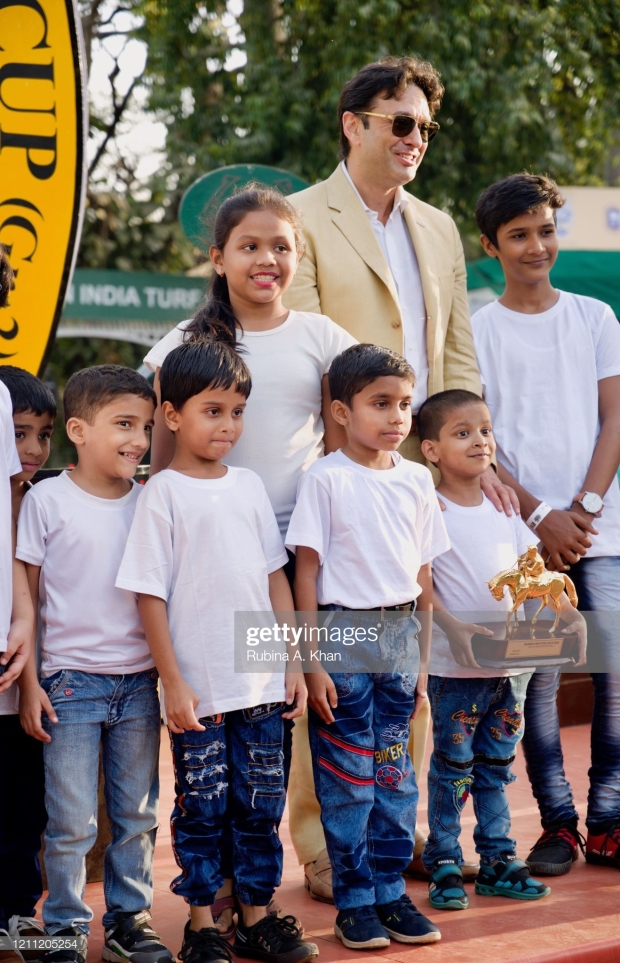
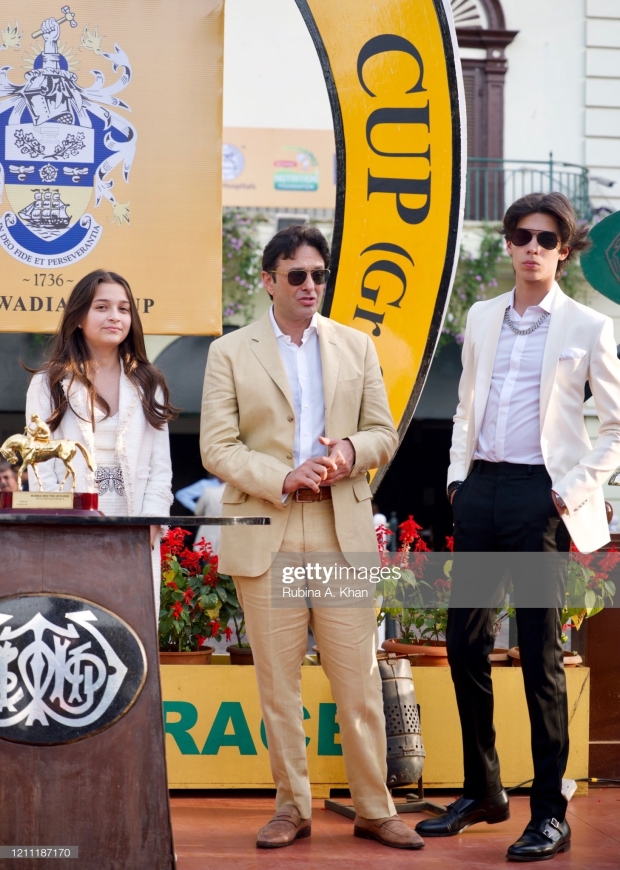
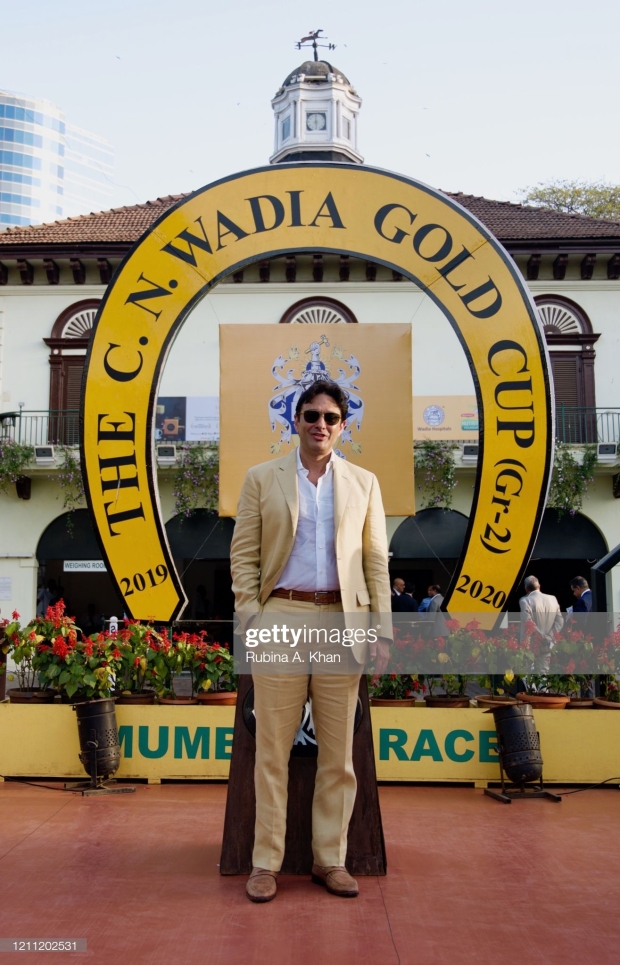
 Life-sized giraffes, fresh red roses, vintage artefacts, armoires and furniture in brass and solid wood, glimmering chandeliers, floral carpets, velvet drapes, tchotchke, conversational wall art in Hindi and Arabic make up the grandiloquent design speak of the store, alongside his framed jewelry sketches, Chinese, African and Indian art and design collectibles. In the artistic polarity of it all, the pièce de résistance are the gleaming emeralds, sapphires and rubies that seem to be telling stories of empresses and emperors of sovereign worlds gone by. Lilting American soul plays in the background at Sabyasachi Jewellery, which is in sharp contrast to the melancholic strains of Indian music that waft through his Sabyasachi Calcutta clothing stores across India. Invoking nostalgia is the couturier’s masterstroke, and it works.
Life-sized giraffes, fresh red roses, vintage artefacts, armoires and furniture in brass and solid wood, glimmering chandeliers, floral carpets, velvet drapes, tchotchke, conversational wall art in Hindi and Arabic make up the grandiloquent design speak of the store, alongside his framed jewelry sketches, Chinese, African and Indian art and design collectibles. In the artistic polarity of it all, the pièce de résistance are the gleaming emeralds, sapphires and rubies that seem to be telling stories of empresses and emperors of sovereign worlds gone by. Lilting American soul plays in the background at Sabyasachi Jewellery, which is in sharp contrast to the melancholic strains of Indian music that waft through his Sabyasachi Calcutta clothing stores across India. Invoking nostalgia is the couturier’s masterstroke, and it works.










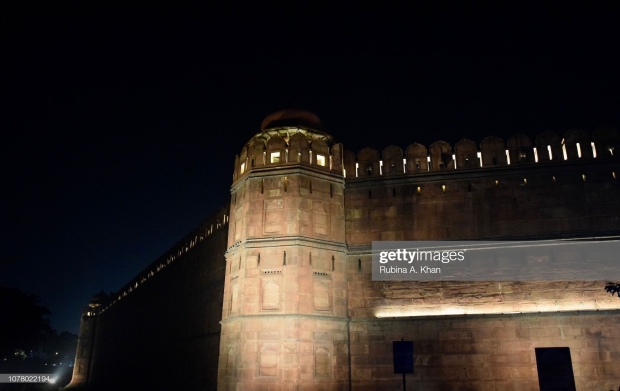
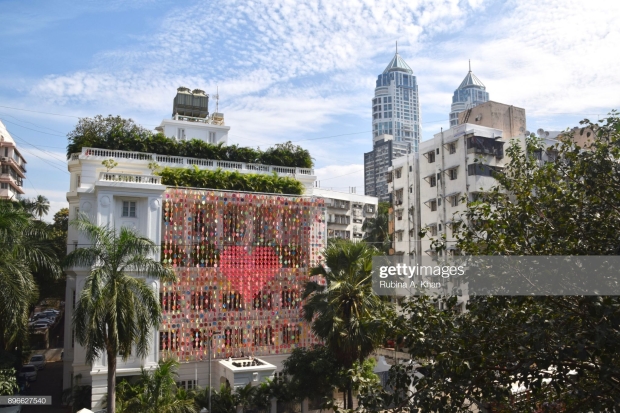
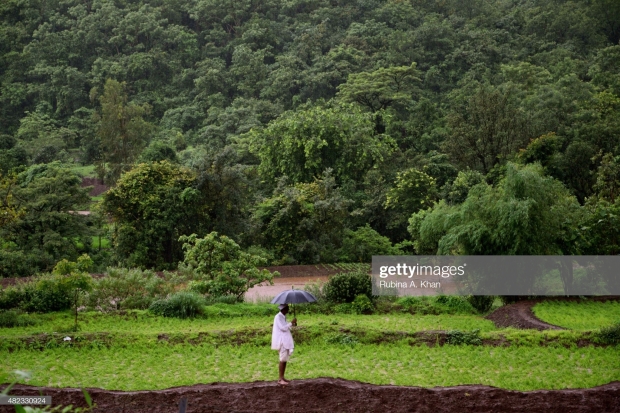




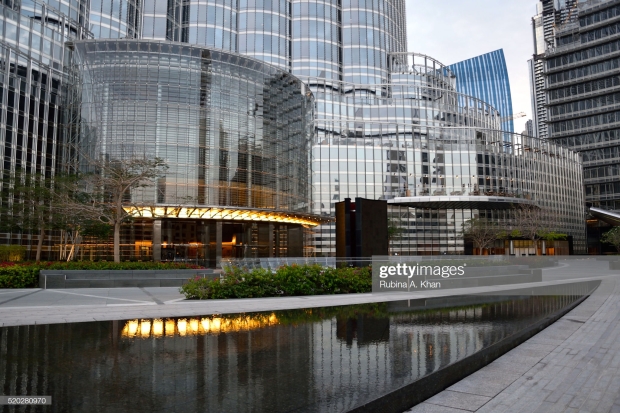
 With all the luxury constructions and developments, there is a new shift in the market of late, that of “aspirational luxury” residences that aren’t remotely luxurious, barring their price points. Priced at 7CR upwards for a 3BHK in the business suburb of the Bandra Kurla Complex in Mumbai, these residences allude to a luxurious lifestyle with cleverly scripted and assertive marketing hype. The insides of these residential towers are at most basic, with a garden path, a swimming pool and some semblance of a gym thrown in, with views of the city’s under-construction skyline off a balcony, masquerading as luxury amenities. Needless to add, it’s a “white elephant” investment for owners as resale inventory is at its lowest and unrealistic rentals dictated by the builder’s team, with few takers, stand testimony to the “mimic luxe” gimmick it’s established on. These kind of constructions need to be reined in, as these will lead to a catastrophically high, over-priced, unsold inventory in the country that will affect consumers far more than the builders.
With all the luxury constructions and developments, there is a new shift in the market of late, that of “aspirational luxury” residences that aren’t remotely luxurious, barring their price points. Priced at 7CR upwards for a 3BHK in the business suburb of the Bandra Kurla Complex in Mumbai, these residences allude to a luxurious lifestyle with cleverly scripted and assertive marketing hype. The insides of these residential towers are at most basic, with a garden path, a swimming pool and some semblance of a gym thrown in, with views of the city’s under-construction skyline off a balcony, masquerading as luxury amenities. Needless to add, it’s a “white elephant” investment for owners as resale inventory is at its lowest and unrealistic rentals dictated by the builder’s team, with few takers, stand testimony to the “mimic luxe” gimmick it’s established on. These kind of constructions need to be reined in, as these will lead to a catastrophically high, over-priced, unsold inventory in the country that will affect consumers far more than the builders.




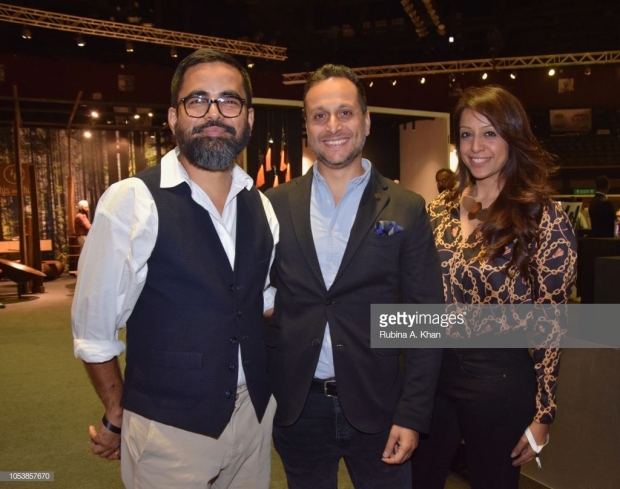
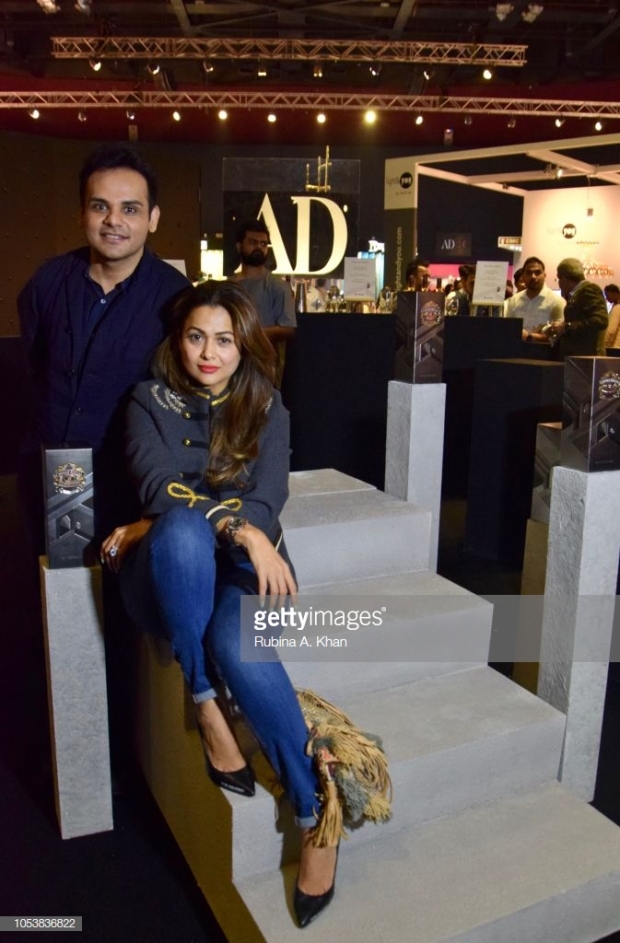

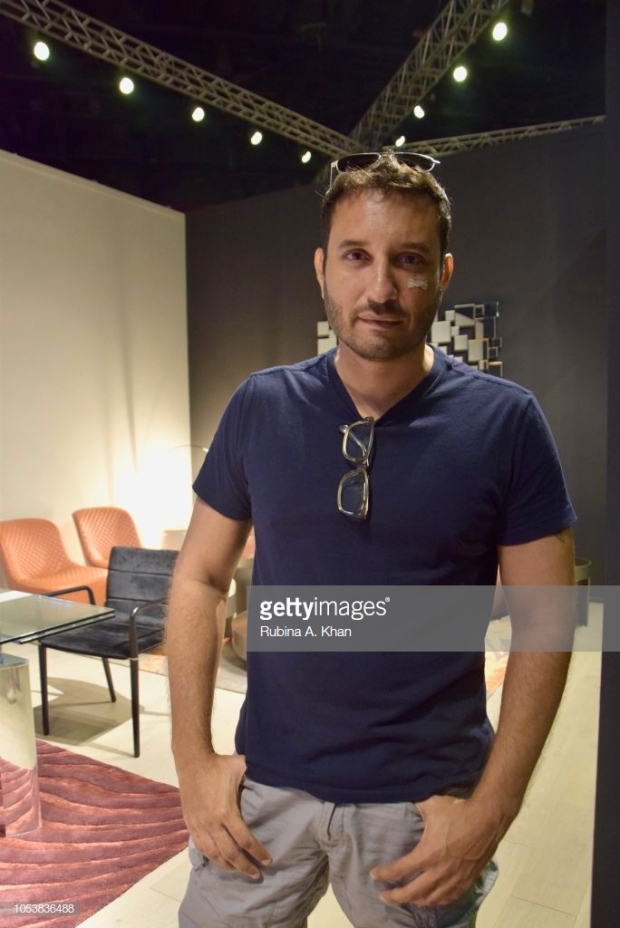

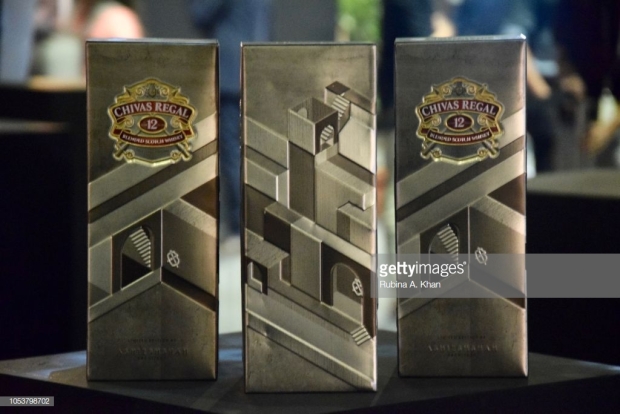







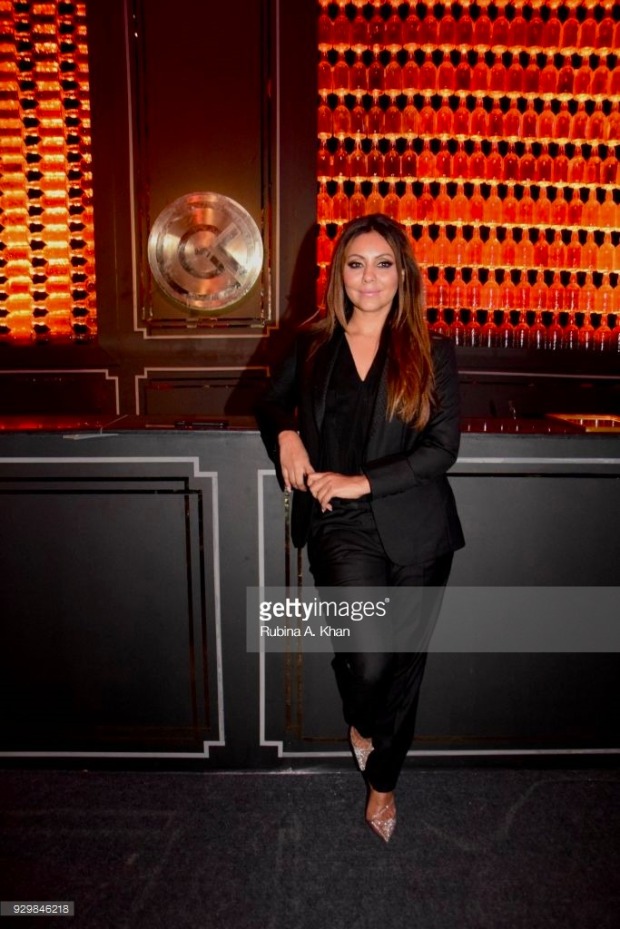



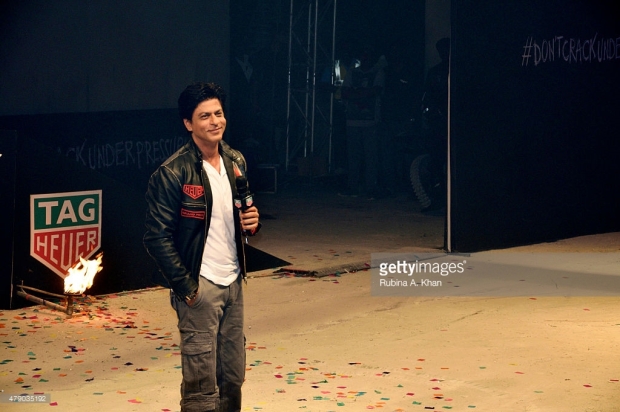
 As the antagonist Khilji, Ranveer Singh looks menacing and monstrous physically, but his wavering accent that switches from Arabian to contemporary Hindi to Afghan, along with an inept enunciation of the language of his Sultanate, makes it difficult to believe he’s a 14th century imperial Sultan. Singh’s performance is flamboyant, loud and open to interpretation sexually, but he is not convincing as an erstwhile ruler or wannabe Alexander the Great in the making in the least. And, as for the costumery, when Singh ascends the throne of his slain uncle, Jalaluddin Khilji (Raza Murad) he wears heeled boots with the royal regalia on his person! Sure, high-heeled boots for men were in use as early as the 10th century for equestrian sports, but it seems highly unlikely that Khilji would have had access to those during his time in India.
As the antagonist Khilji, Ranveer Singh looks menacing and monstrous physically, but his wavering accent that switches from Arabian to contemporary Hindi to Afghan, along with an inept enunciation of the language of his Sultanate, makes it difficult to believe he’s a 14th century imperial Sultan. Singh’s performance is flamboyant, loud and open to interpretation sexually, but he is not convincing as an erstwhile ruler or wannabe Alexander the Great in the making in the least. And, as for the costumery, when Singh ascends the throne of his slain uncle, Jalaluddin Khilji (Raza Murad) he wears heeled boots with the royal regalia on his person! Sure, high-heeled boots for men were in use as early as the 10th century for equestrian sports, but it seems highly unlikely that Khilji would have had access to those during his time in India.












